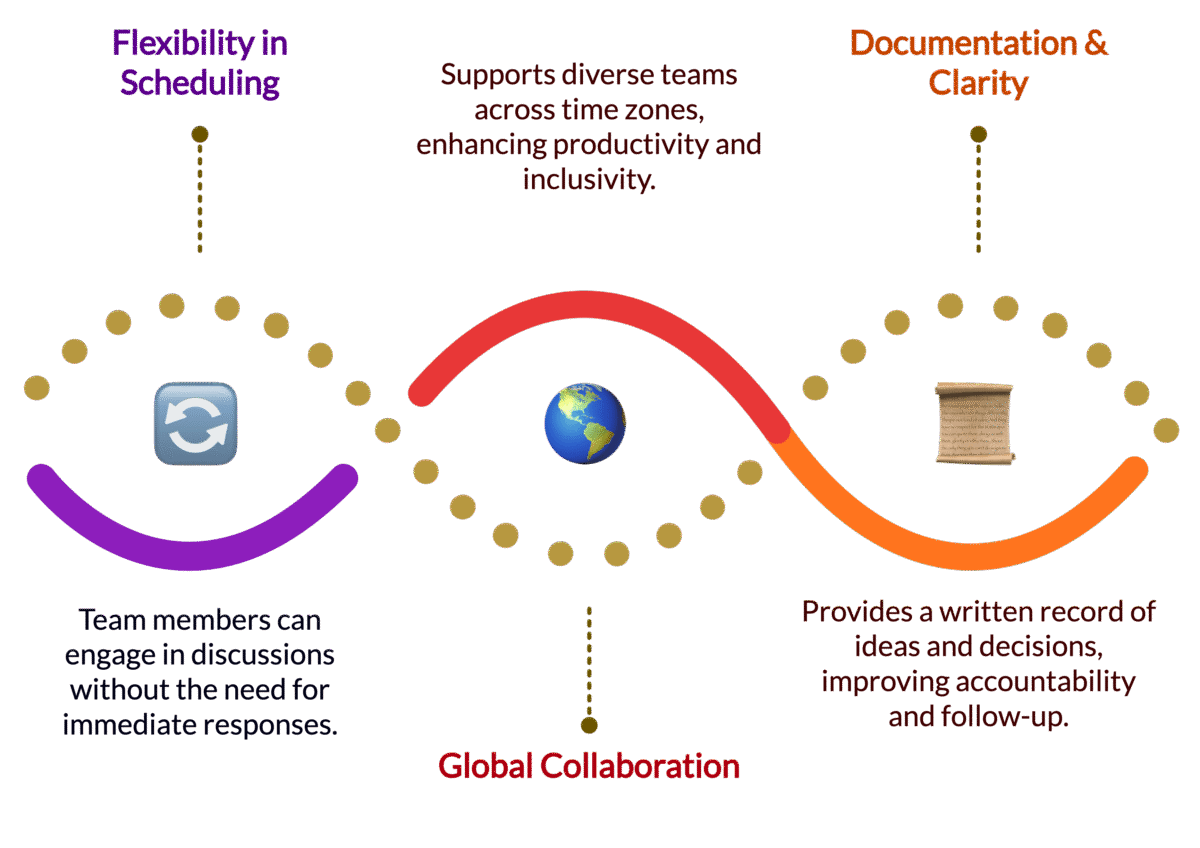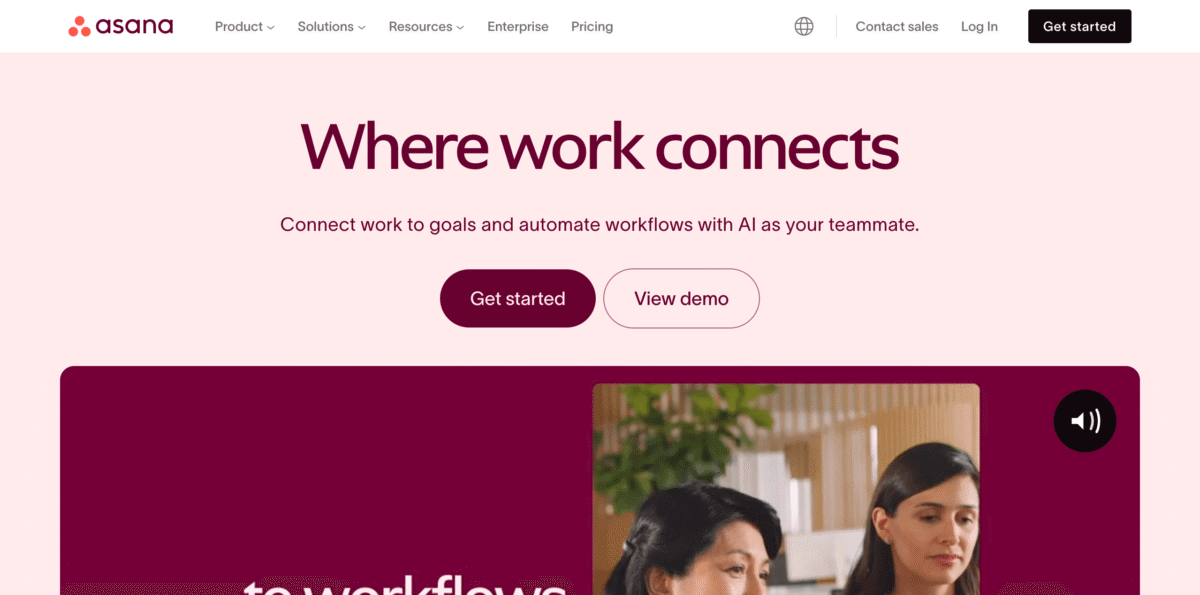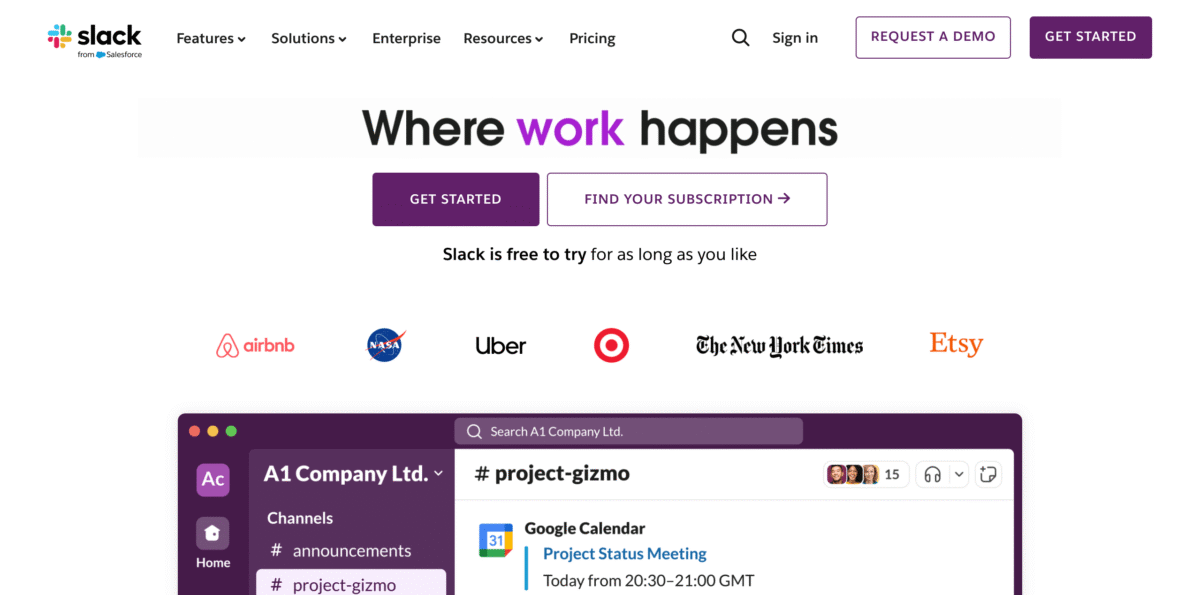
How asynchronous communication improves efficiency in large-scale remote tech teams
Remote work is transforming how tech companies operate. As organizations scale and expand across time zones, synchronous communication methods like real-time meetings or instant messaging can slow progress. Asynchronous communication, however, provides an effective model for improving efficiency while maintaining team collaboration.
Thank you for reading this post, don't forget to subscribe!Why Asynchronous Communication Matters for Remote Tech Teams

Traditional communication methods, especially those used in in-office settings, are often inefficient for large-scale, remote teams. When your team is spread across multiple regions, real-time communication becomes complicated and disruptive. Asynchronous communication offers a solution that allows team members to contribute when it suits their individual schedules, without the pressure to align in real-time.
The Advantages of Asynchronous Communication
Flexibility Across Time Zones
The key advantage of asynchronous communication lies in its flexibility. Team members can contribute at times most convenient to them, reducing the need to synchronize across different time zones. This model allows employees in North America, Europe, and Asia to work on the same projects without interfering with each other’s schedules. Flexible work hours can enhance team satisfaction and productivity, ultimately leading to a more efficient workforce.
Increased Focus and Deep Work
With asynchronous communication, team members aren’t interrupted by frequent meetings or real-time requests. The ability to work without constant disruptions means developers and other technical experts can engage in deep work, where focus and creativity thrive. It’s not about the absence of communication, but the presence of thoughtful, uninterrupted exchanges.
Facilitating Knowledge Sharing
Asynchronous tools—like project management software, collaborative documents, or email—help in capturing information, making it easily accessible. When everyone can add to the discussion at their convenience, information gets stored in a central place, reducing miscommunication and enhancing overall transparency. Large tech teams benefit from a knowledge-sharing culture that doesn’t rely on the timing of meetings but instead on clear documentation and readily available resources.
Reducing Burnout from Excessive Meetings
Tech teams often face the challenge of over-scheduled meetings, which contribute to burnout and decrease productivity. Asynchronous communication minimizes the need for frequent meetings, allowing employees to focus on work and engage in communication when necessary. By integrating tools like Slack, video updates, and email, team members can exchange ideas without the need for live meetings, creating a more sustainable and efficient working environment.
Tools That Enable Asynchronous Communication
To leverage asynchronous communication successfully, teams need tools that promote collaboration and provide structure. Here are some of the most effective platforms:
Project Management Tools

Platforms like Trello, Asana, and Monday.com are critical in ensuring team members stay on track without needing constant updates from one another. These tools allow for task assignment, progress tracking, and deadline management, ensuring that communication is organized and accessible. When teams have a clear structure for managing their workflows asynchronously, project outcomes improve significantly.
Messaging Platforms

Tools like Slack and Microsoft Teams allow team members to engage in real-time conversations without the expectation of immediate replies. This encourages a more thoughtful, deliberate approach to communication while still enabling quick exchanges when needed. These platforms allow workers to get in touch across time zones and maintain visibility on project status.
Video Communication Tools
Video recording platforms like Loom, Vimeo, or even Zoom for non-live usage enable team members to share updates and feedback asynchronously. This tool is especially useful for demonstrating complex ideas, presenting a new feature, or giving product demos. Team members can view the recordings whenever it fits into their schedule, making the communication accessible without the need for live participation.
Documentation Platforms
Google Docs, Confluence, and Notion serve as excellent hubs for team collaboration, storing ideas, project plans, meeting notes, and best practices. When teams collaborate asynchronously, these platforms allow for the continuous updating of shared documents, which team members can access at any time. Having a centralized space for all information ensures that knowledge is preserved and easily transferred.
Shaping a Culture That Embraces Asynchronous Communication

Successfully shifting to an asynchronous model requires more than just adopting the right tools. It involves a cultural shift within the organization. Teams must change how they approach communication, collaboration, and productivity.
Setting Clear Guidelines for Communication
For asynchronous communication to work, clear guidelines are essential. Employees should know which platforms to use for different types of communication, how to structure their messages, and the expected response time. With these guidelines in place, team members can engage meaningfully, without ambiguity or delays.
Encouraging Accountability and Trust
Asynchronous communication relies on a culture of trust and accountability. Leaders must trust their team members to manage their work independently and maintain progress without constant oversight. Clear expectations around deliverables and goals empower employees to take ownership of their work, reducing micromanagement and improving efficiency.
Promoting Intentional Communication
Without the immediacy of live conversations, every piece of communication becomes more intentional. Employees must consider how they convey their message and ensure that they provide sufficient context, clarity, and detail. Clear, concise communication becomes a habit in an asynchronous environment, reducing the need for back-and-forth and minimizing misunderstandings.
Time Management and Discipline
Although asynchronous communication allows flexibility, team members must manage their time effectively. Without fixed meeting schedules, individuals need to proactively allocate time for communication, responding to messages, and reviewing project updates. This self-management ensures that projects move forward without delays, and important discussions are never overlooked.
Overcoming Challenges of Asynchronous Communication

While asynchronous communication offers many advantages, it comes with its own set of challenges. Here are some potential obstacles and strategies to overcome them:
Delayed Responses
One of the primary challenges of asynchronous communication is the potential for delayed responses. To mitigate this, teams should set clear expectations around how quickly to reply, particularly for urgent matters. Additionally, using tools that allow for easy prioritization of messages ensures that important communications get attention promptly.
Maintaining Team Cohesion
Remote teams risk losing the sense of camaraderie that naturally develops in office environments. Without the chance to interact face-to-face regularly, employees can feel disconnected. To combat this, teams can schedule regular team-building activities, virtual coffee breaks, or non-work-related check-ins to keep relationships strong.
Managing Information Overload
As more communication happens asynchronously, there’s a risk of information overload. With multiple updates, messages, and threads to follow, team members may miss key details. To address this, teams should create efficient systems for managing information, such as tagged conversations, weekly summary emails, or dedicated channels for different topics.
Asynchronous communication has the potential to vastly improve efficiency for large-scale remote tech teams. By offering flexibility, reducing the need for constant meetings, and fostering deep work, this communication model creates a more productive and sustainable work environment. By implementing the right tools, creating a culture of trust and accountability, and overcoming common challenges, teams can thrive in a global, remote-first landscape.


